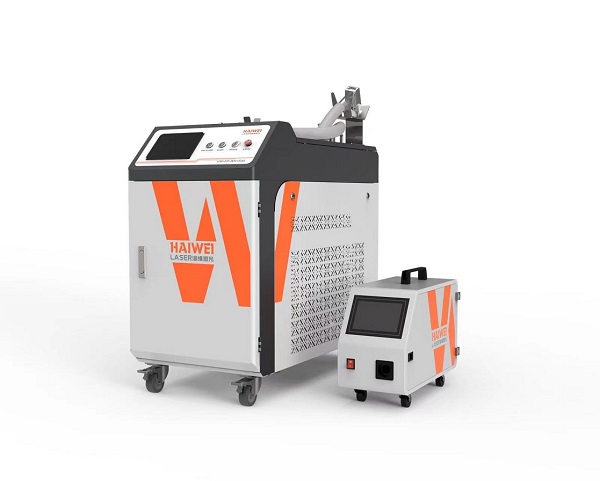Selecting Process Parameters for Laser Welding Machines Based on Product Requirements
Choosing the right process parameters for a laser welding machine is crucial for achieving high-quality welds. Different materials and product designs require specific adjustments to ensure efficiency, strength, and precision. Here’s how to tailor your settings effectively.

1. Material Considerations
The type of material being welded significantly influences the selection of process parameters. For instance, metals with high thermal conductivity like aluminum require higher power densities compared to stainless steel. Understanding the material properties such as thickness, reflectivity, and melting point is key to setting appropriate laser power, speed, and focus distance.
2. Joint Design
The design of the joint also impacts parameter selection. Butt joints, lap joints, and fillet welds each have unique requirements. For example, thin sheets may benefit from faster speeds and lower powers to avoid burn-through, while thicker sections might need slower speeds and higher energy densities to achieve full penetration.
3. Power and Speed Adjustments
Balancing laser power and welding speed is critical. Too much power can lead to overheating and distortion, whereas too little can result in incomplete fusion. A good rule of thumb is to start with manufacturer recommendations and adjust based on trial welds. Monitoring the melt pool dynamics during these tests can provide insights into necessary adjustments.
4. Focus Spot Diameter
The diameter of the focused laser spot affects the weld bead width and depth. Smaller spots increase energy density, which is beneficial for thin materials but may cause issues with thicker ones. Conversely, larger spots spread the energy more evenly, suitable for deeper penetrations but potentially leading to wider beads.
5. Gas Shielding
Using the correct shielding gas and flow rate is essential for protecting the molten metal from atmospheric contamination. Inert gases like argon or helium are commonly used depending on the material. The gas flow must be optimized to prevent oxidation without causing turbulence that could disturb the weld pool.
Selecting the right process parameters for a laser welding machine involves understanding the material properties, joint design, and operational specifics of the application. By carefully considering these factors and utilizing available technology, manufacturers can optimize their welding processes for quality and efficiency.
Recent Posts
- What are the advantages of laser welding machines in lithium battery pack production lines?
- What issues should be noted when choosing a lithium battery pack production line?
- Quality Inspection and Control of Lithium Battery Module Pack Production Line
- Cell grouping and sorting process in lithium battery module pack production line
- What are the safety hazards of lithium battery pack production lines and how can they be prevented?
INQUIRY

